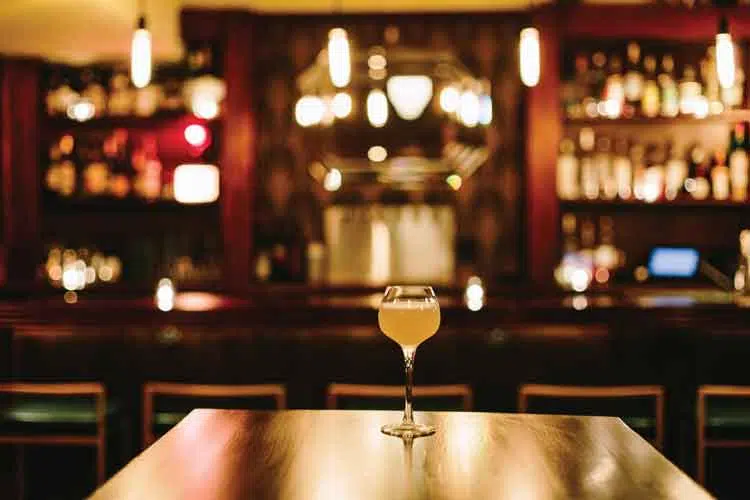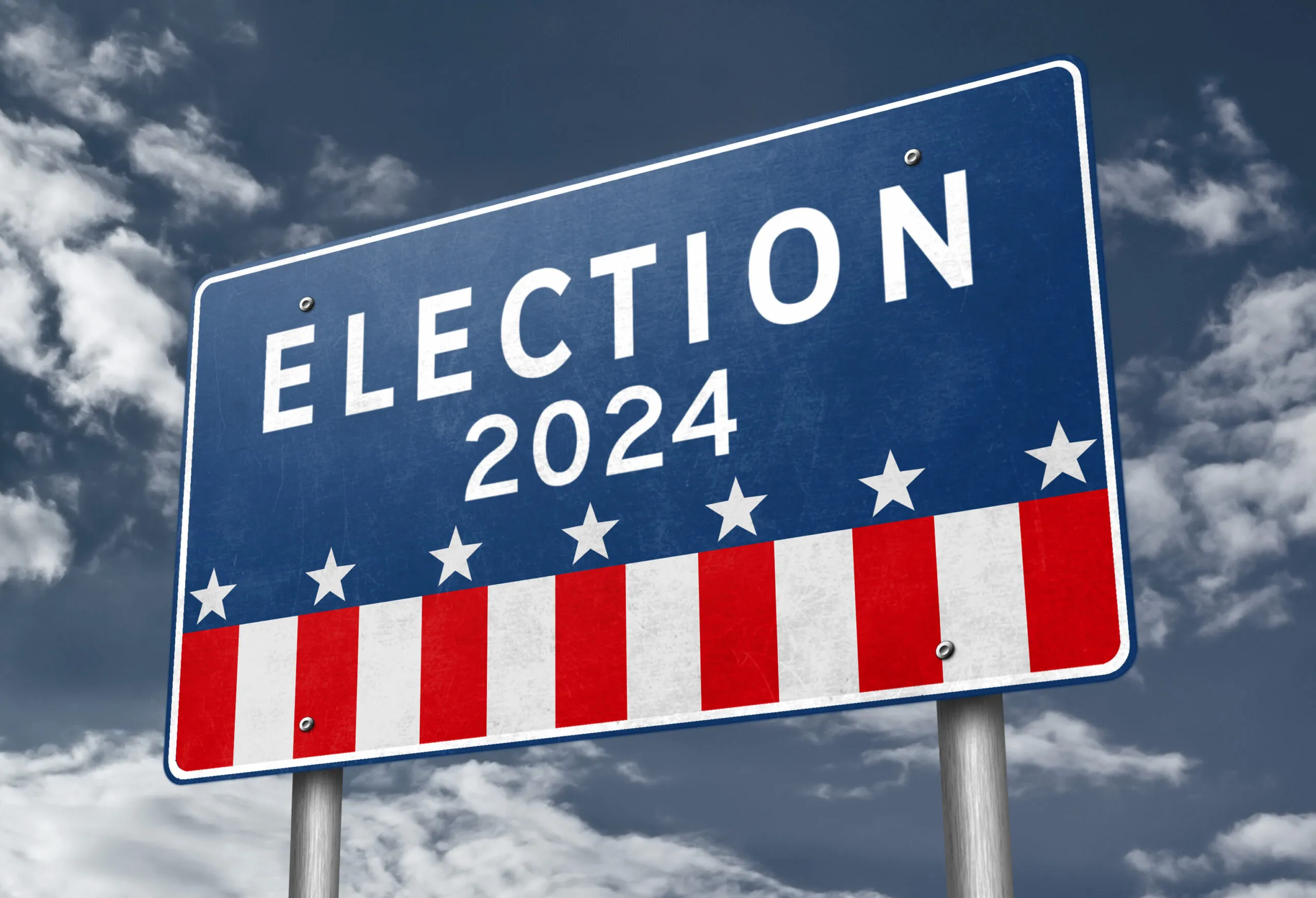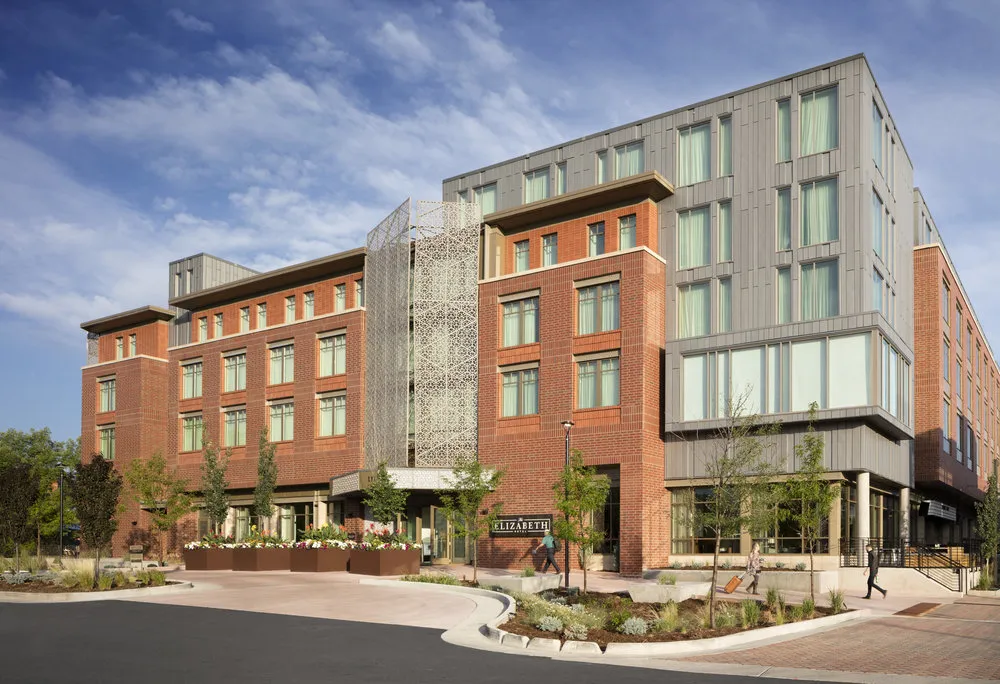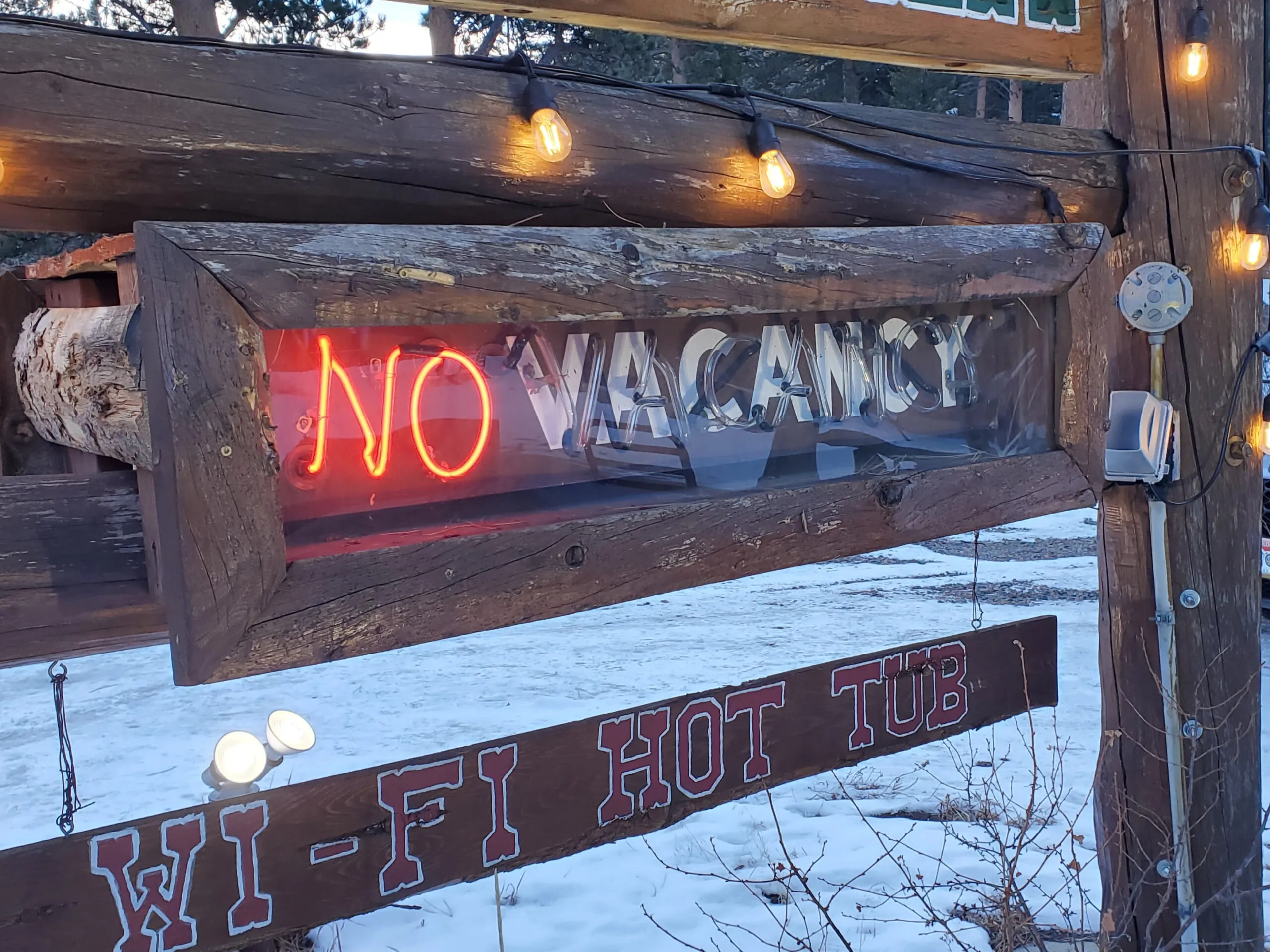Speakeasies rage through regional bar scene

Sarah Carrillo called her place the Speakeasy as a nod to the past, and maybe as a way to honor her grandmother, rather than following a new trend.
She chose the basement space in one of Longmont’s most historic buildings, the Imperial Hotel, built in 1881. When she was researching the place, she retrieved a 1907 photo from the Longmont Museum labeling the location “Cigars and Billiards.” That name, and the underground sidewalks and tunnels that snaked through downtown buildings now closed to the public, along with the Imperial’s sordid rumor mill, led her to think she was simply reliving the past when she opened in January 2013.
“It was rumored to be a brothel, so it’s not too far-fetched to think at one point it was a speakeasy,” Carrillo said. “I don’t know for a fact what it was, but it is crazy how history repeats itself.”
She’s referring to 2020, when she had to shut down, this time because of the pandemic, not prohibition. Speakeasies back then were places people could drink, albeit illegally, and have a good time, as long as they knew the password to get in. Today they remain a fun trend among the Northern Colorado tavern scene.
Carrillo didn’t really know about speakeasies when she named her bar: She just wanted a fancy and fast name for her liquor license application, and loved her grandmother, who emulated the style of the 1920s until her death, and the trend she believes started with the modern movie take on “The Great Gatsby.” Now she embraces the idea. She holds special events called Molls and Dolls to encourage flapper outfits and requires a password to get in during them, and on most other nights, she enjoys the special vibe the name seems to bring.
“The place itself, with the walls made of stone, the tunnels, the basement, the lighting, it just has a very 1920s feel to it,” Carrillo said, “and if you feel like getting dressed up, you can look nice and you won’t feel like the weirdo here. The women love that. And if the women are here, and they always are, the guys follow.”
The speakeasy resurgence started on the east coast, mostly in New York, which was appropriate since that’s where you’d find a good chunk of them in the past. Justin Ghofrani, general manager of the Kress Cinema and Lounge in downtown Greeley and the Kress Speakeasy beneath, has visited a few, including Milk and Honey, the one credited with starting the modern trend in 1999. The bar, sadly, closed because of the pandemic.
“Now we have a speakeasy in Greeley, Colorado, 20 years later,” he said and chuckled. “We just try to base it off the bars we love.”
The Kress took over a previous speakeasy in the same space that opened in 2014 until the owner sold it to them a few years later. They remodeled it to make it more “authentic,” he said, and it follows some of the rules, including a light switch that lets the inside know someone is outside, and dim lighting and fun atmosphere. The drinks aren’t much different than what they serve upstairs, Ghofrani said, but he saw it as an opportunity to show off his love for craft cocktails.
“We were already making them at the Kress, but they wouldn’t associate us with good cocktails,” he said. “Having the speakeasy solidified consumer confidence in them. The drinks taste better when the atmosphere is better. In fact, it elevated our Kress bar upstairs.”
It’s ironic that speakeasies are popular now, given that when they opened during the Prohibition era, they were grungy, even dangerous places run by mobsters, at least at first.
“We’ve definitely glamorized it,” Ghofrani said. “By the 1930s, you had classy people there, but at the start of it, it was sketchy.”
Running a speakeasy can be tricky, Ghofrani said, as it can appear gimmicky, especially now that most cities have one. In fact, Social, a tavern in downtown Fort Collins, doesn’t consider itself a speakeasy, even though practically everyone else does, even Google.
“Sometimes speakeasies can get kind of faddy,” said Ty Fulcher, the owner of Social, which opened in 2013. “We want to be timeless. We have a nod and a hat tip toward it, but we still want new spirits and advances that way.”
Social’s location probably gave customers the idea, as it’s essentially underground. It was a three-year project to open, with the biggest hurdle getting a stairwell approved so customers could access the bar. Social also keeps signs to a minimum and relies on word-of-mouth, giving the idea that it’s a secret, even though it’s now one of Fort Collins’ more well-known bars.
Still, Fulcher doesn’t hate the reference.
“We never aggressively correct anyone,” he said. “As long as people are having fun, you can call it a circus if you want. If we stay a top-notch cocktail bar, it keeps us from being lumped in with the rest.”
Speakeasies remain fun places to look nice, if customers want, and have a slightly fancier cocktail, if they desire. The staff look nice, too, and good attire is admired, not required. Still, they have a certain magic, said DanYelle Butler, a bartender at the Kress.
“My favorite part is when a customer walks in for the first time,” she said, “and you just see the look of wonder on their face.”
Sarah Carrillo called her place the Speakeasy as a nod to the past, and maybe as a way to honor her grandmother, rather than following a new trend.
She chose the basement space in one of Longmont’s most historic buildings, the Imperial Hotel, built in 1881. When she was researching the place, she retrieved a 1907 photo from the Longmont Museum labeling the location “Cigars and Billiards.” That name, and the underground sidewalks and tunnels that snaked through downtown buildings now closed to the public, along with the Imperial’s sordid rumor mill, led her to think she was simply reliving the…
THIS ARTICLE IS FOR SUBSCRIBERS ONLY
Continue reading for less than $3 per week!
Get a month of award-winning local business news, trends and insights
Access award-winning content today!




